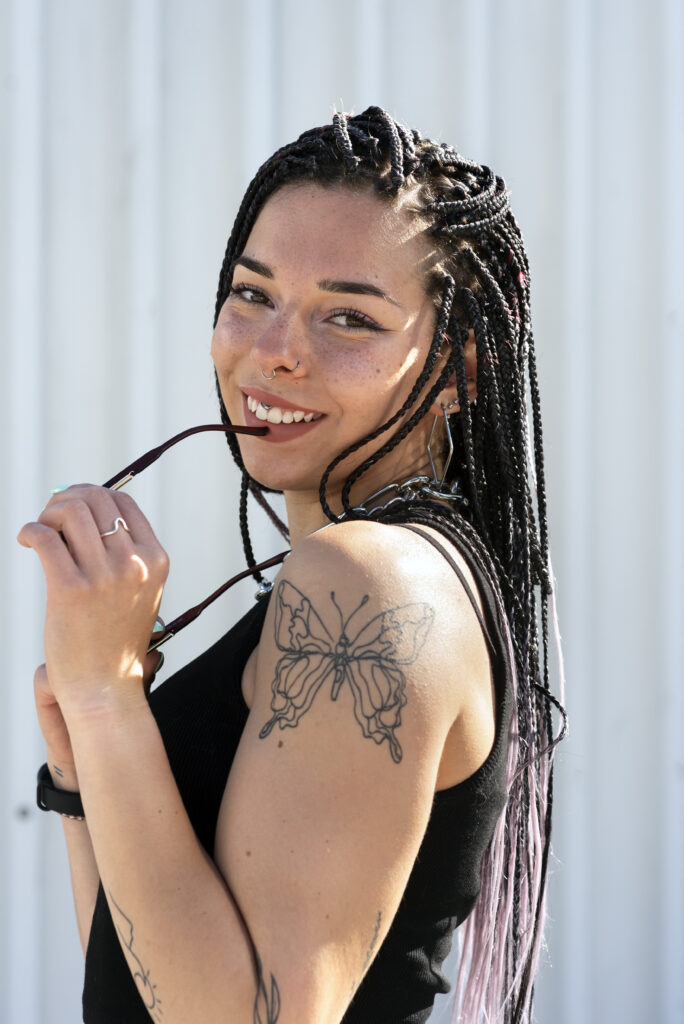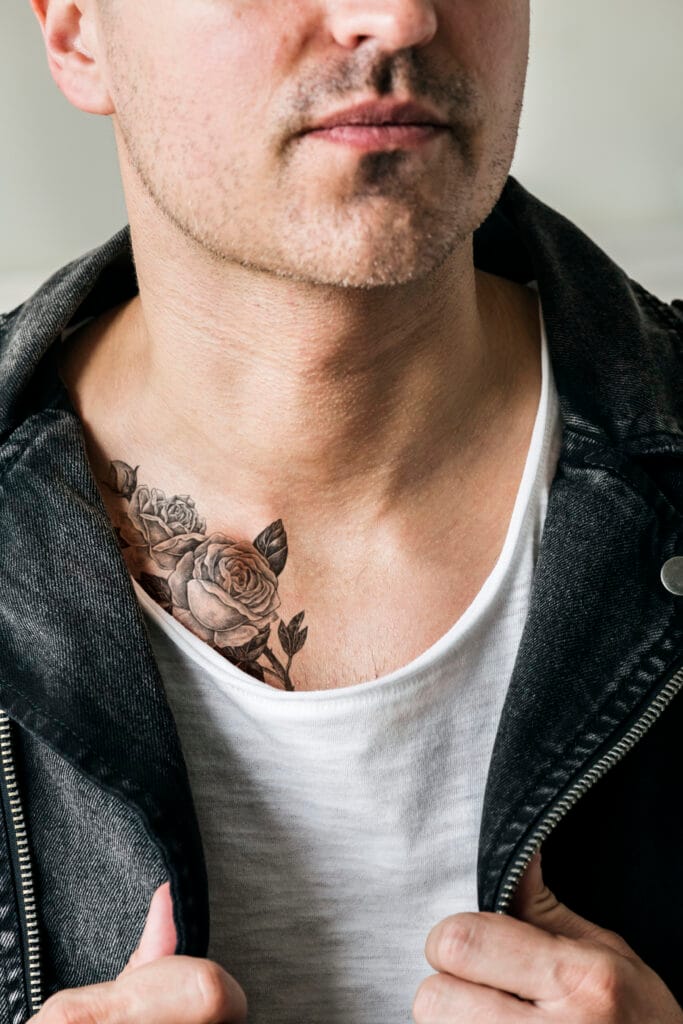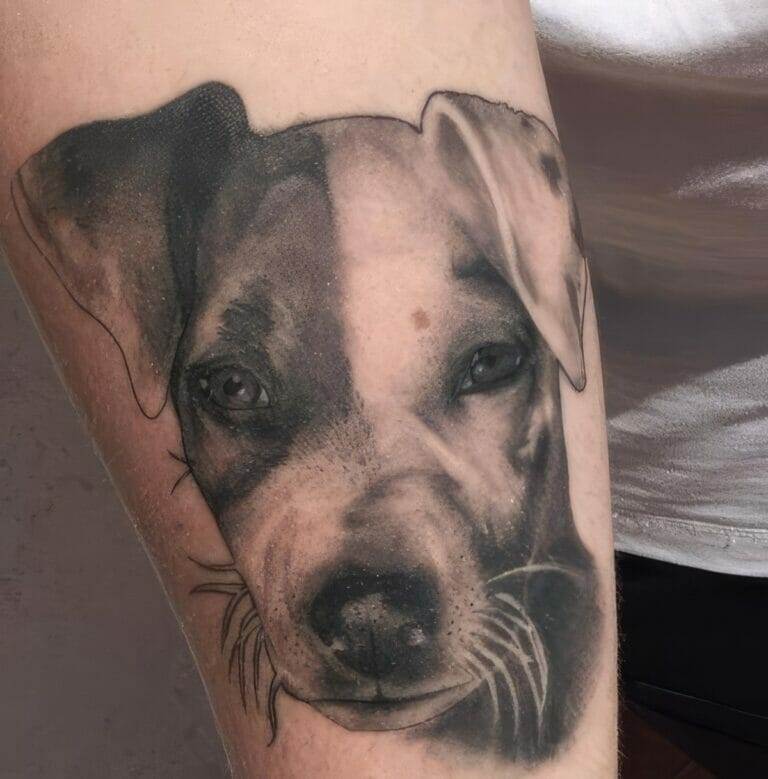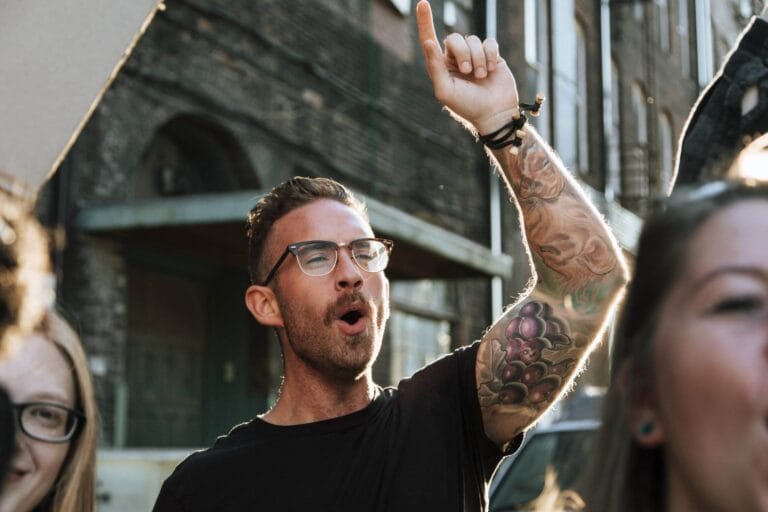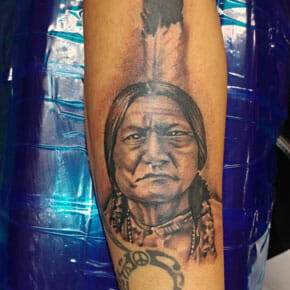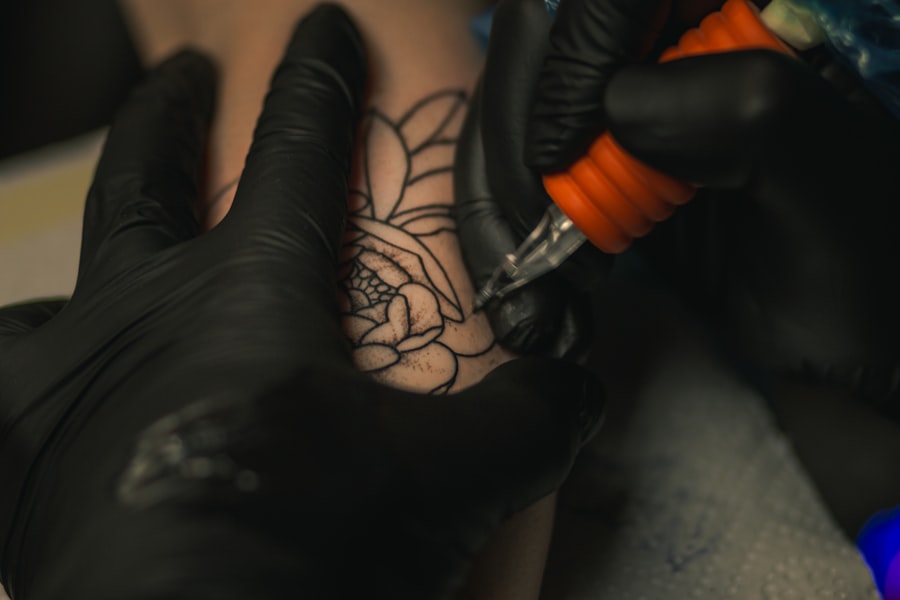
In today’s professional landscape, dress codes can vary significantly from one workplace to another. Understanding the nuances of these codes is essential for anyone looking to navigate their career while expressing their individuality. Many companies have adopted more relaxed policies, allowing employees to showcase their personal style, including tattoos.
However, some industries still adhere to traditional standards that may not be as accepting of visible body art. It is crucial to familiarize oneself with the specific expectations of your workplace, as this knowledge can help you make informed decisions about your attire and overall presentation. Moreover, understanding the dress code goes beyond merely adhering to a set of rules; it involves recognizing the culture and values of your organization.
For instance, a creative agency may encourage self-expression through clothing and tattoos, while a corporate law firm might prioritize a more conservative appearance. By observing how colleagues dress and the general atmosphere of the workplace, you can gauge what is acceptable and what might raise eyebrows. This awareness allows you to strike a balance between professionalism and personal expression, ensuring that you feel comfortable and confident in your work environment.
Key Takeaways
- Understanding the dress code is essential for navigating professional settings
- Choosing the right clothing that is both professional and comfortable is important
- Makeup and concealer techniques can help cover tattoos and piercings
- Accessorizing can be used to distract from visible tattoos or piercings
- Long hair can be used as a cover for tattoos on the neck or upper body
Choosing the Right Clothing
Selecting the appropriate clothing is a vital step in managing how your tattoos are perceived in a professional setting. The right outfit can either draw attention away from your body art or help you blend seamlessly into the workplace culture. When choosing clothing, consider fabrics, colors, and styles that align with your company’s dress code while also allowing you to express your personality.
For example, opting for long-sleeved shirts or blouses can effectively cover tattoos on your arms, while tailored jackets can provide an additional layer of coverage without sacrificing style. Additionally, the fit of your clothing plays a significant role in how you present yourself. Well-fitted garments not only enhance your overall appearance but also convey a sense of professionalism.
Loose or ill-fitting clothing may inadvertently draw attention to your tattoos or create an impression of carelessness. By investing in quality pieces that fit well and complement your body shape, you can create a polished look that allows you to feel confident and at ease in your work environment.
Makeup and Concealer Techniques
For those who wish to conceal their tattoos temporarily, makeup and concealer techniques can be incredibly effective. High-quality products designed specifically for body art can provide excellent coverage while remaining lightweight and comfortable throughout the day. When selecting makeup for tattoo coverage, look for full-coverage foundations or concealers that are waterproof and long-lasting.
These products can help ensure that your tattoos remain hidden even during long hours at work. Applying makeup to cover tattoos requires a bit of technique to achieve a natural look. Start by cleansing and moisturizing the area to create a smooth canvas.
Next, apply a primer to help the makeup adhere better and last longer. Use a makeup sponge or brush to apply the concealer or foundation in thin layers, gradually building up coverage as needed. Setting the makeup with a translucent powder can help prevent smudging or fading throughout the day.
With practice, you can master these techniques and feel confident in your ability to conceal your tattoos when necessary.
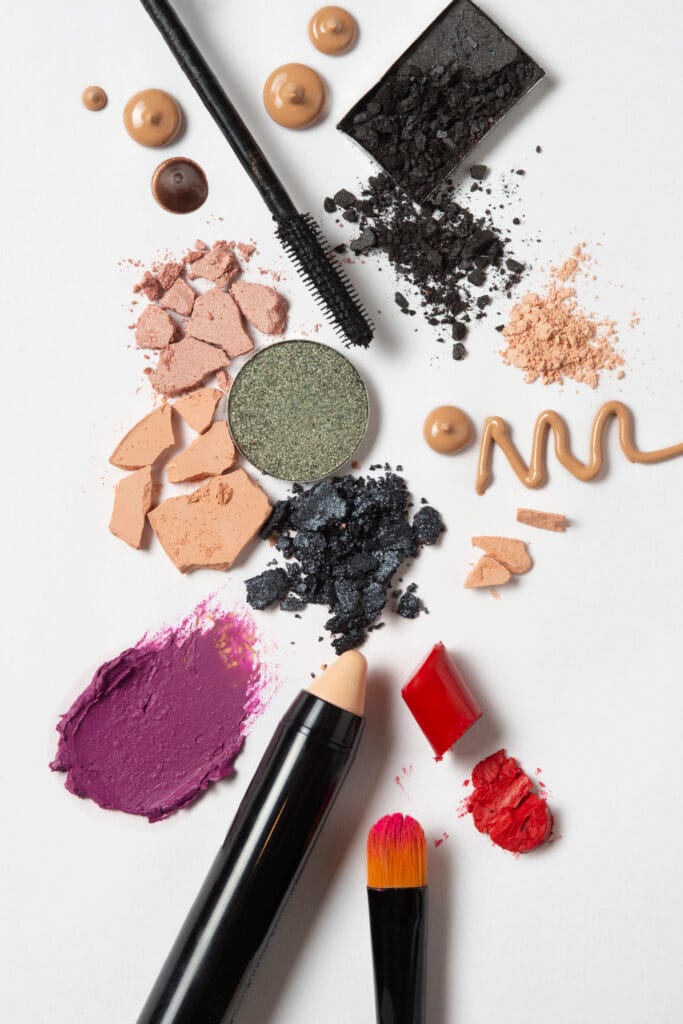

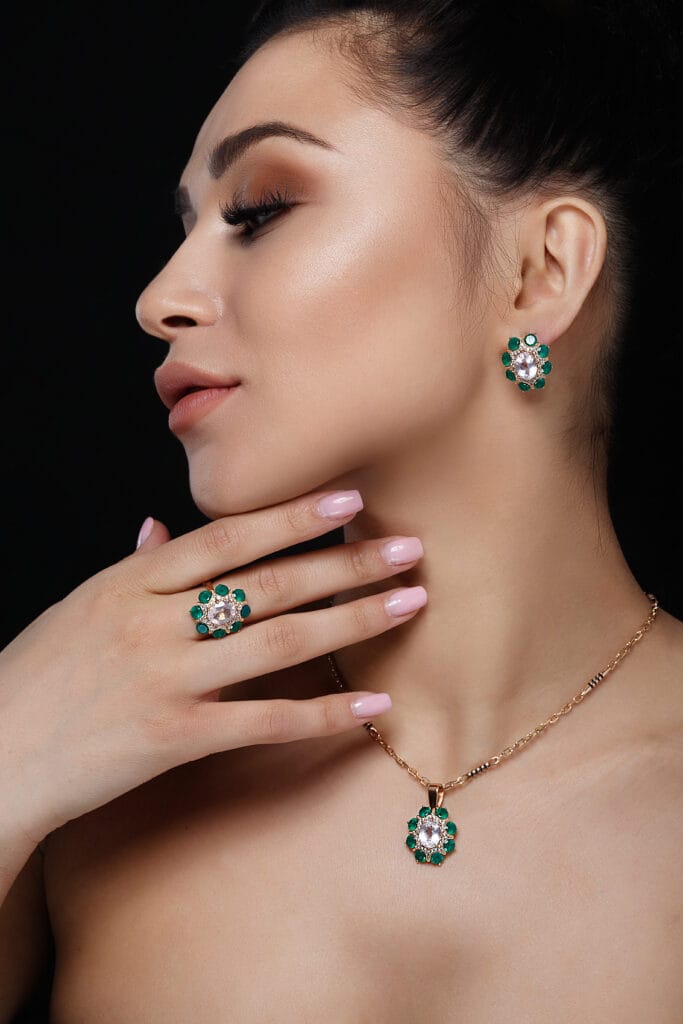
Accessorizing to Distract
Accessorizing is an art form that can serve as an effective strategy for diverting attention away from tattoos. Thoughtfully chosen accessories can draw the eye and create focal points that shift attention from body art to other aspects of your appearance. For instance, statement necklaces or bold earrings can frame your face and highlight your features, making them the center of attention rather than your tattoos.
Similarly, wearing eye-catching scarves or hats can add flair to your outfit while providing additional coverage. When accessorizing, consider the overall aesthetic you wish to convey. If you prefer a more professional look, opt for classic pieces that complement your attire without overwhelming it.
On the other hand, if you work in a creative environment, feel free to experiment with bolder accessories that reflect your personality. The key is to strike a balance between showcasing your style and maintaining an appropriate level of professionalism in line with your workplace’s expectations.
Long Hair as a Cover
For individuals with long hair, this natural asset can serve as an effective means of concealing tattoos on the neck or shoulders. A simple hairstyle such as loose waves or a sleek ponytail can provide coverage while still looking polished and professional. Additionally, long hair offers versatility; it can be styled in various ways depending on the occasion or workplace environment.
For instance, wearing hair down during casual days and opting for an updo during more formal meetings can help you adapt to different situations while keeping your tattoos under wraps. However, it’s essential to consider how hair care fits into your overall professional image. Maintaining healthy hair through regular trims and proper care not only enhances your appearance but also reflects a level of professionalism that employers appreciate.
By ensuring that your hair looks its best, you can use it as an effective tool for covering tattoos while simultaneously projecting confidence and competence in the workplace.
Professional Tattoo Removal Options
For those who find themselves in environments where tattoos are not accepted or are concerned about their impact on career advancement, professional tattoo removal options are available. Various methods exist, including laser removal, which is one of the most common and effective techniques for erasing unwanted ink. This procedure involves using concentrated light beams to break down the ink particles in the skin, allowing the body to gradually eliminate them over time.
While laser removal can be effective, it is essential to understand that it often requires multiple sessions and may come with discomfort or side effects such as redness or swelling. Other options include dermabrasion or surgical excision, though these methods may not be suitable for everyone and often involve longer recovery times. Consulting with a qualified dermatologist or tattoo removal specialist is crucial for determining the best approach based on individual circumstances and tattoo characteristics.
Communication with Employers
Open communication with employers regarding tattoos can be beneficial in fostering understanding and acceptance within the workplace. If you are concerned about how your tattoos may be perceived, consider discussing them with your supervisor or human resources department during onboarding or performance reviews. This proactive approach demonstrates professionalism and allows you to address any potential concerns before they arise.
Additionally, sharing your perspective on self-expression through body art can help create a dialogue about inclusivity within the workplace. Many organizations are increasingly recognizing the importance of diversity in all its forms, including personal expression through tattoos. By engaging in conversations about this topic, you may contribute to a more accepting environment that values individuality while maintaining professionalism.
Embracing Self-Expression in Professional Settings
Ultimately, embracing self-expression in professional settings is about finding harmony between personal identity and workplace expectations. While some individuals may choose to conceal their tattoos for various reasons, others may feel empowered to showcase their body art as part of their unique identity. The key lies in understanding the culture of your workplace and determining how best to navigate it while remaining true to yourself.
As societal attitudes toward tattoos continue to evolve, many industries are becoming more accepting of visible body art. This shift presents an opportunity for individuals to embrace their self-expression without fear of judgment or repercussion. By fostering an environment where personal style is celebrated alongside professionalism, organizations can create a more inclusive atmosphere that values diversity in all its forms—ultimately benefiting both employees and employers alike.
FAQs
What are some common professional settings that may require tattoo cover strategies?
Some common professional settings that may require tattoo cover strategies include corporate offices, customer-facing roles in retail or hospitality, healthcare facilities, and government or public service positions.
What are some effective tattoo cover strategies for professional settings?
Some effective tattoo cover strategies for professional settings include using makeup or concealer specifically designed to cover tattoos, wearing clothing that covers the tattoo, using accessories like sleeves or bandages to cover the tattoo, and considering tattoo removal or modification if appropriate.
Are there any specific products designed to cover tattoos for professional settings?
Yes, there are specific products such as tattoo cover-up makeup, tattoo concealer, and tattoo cover sleeves that are designed to effectively cover tattoos for professional settings. These products are often long-lasting and waterproof to ensure coverage throughout the workday.
What should individuals consider before using tattoo cover strategies in professional settings?
Before using tattoo cover strategies in professional settings, individuals should consider the dress code and policies of their workplace, the potential impact on their professional image, and the comfort and practicality of the chosen cover-up method. It’s also important to consider any potential skin sensitivities or allergies to the products being used.
